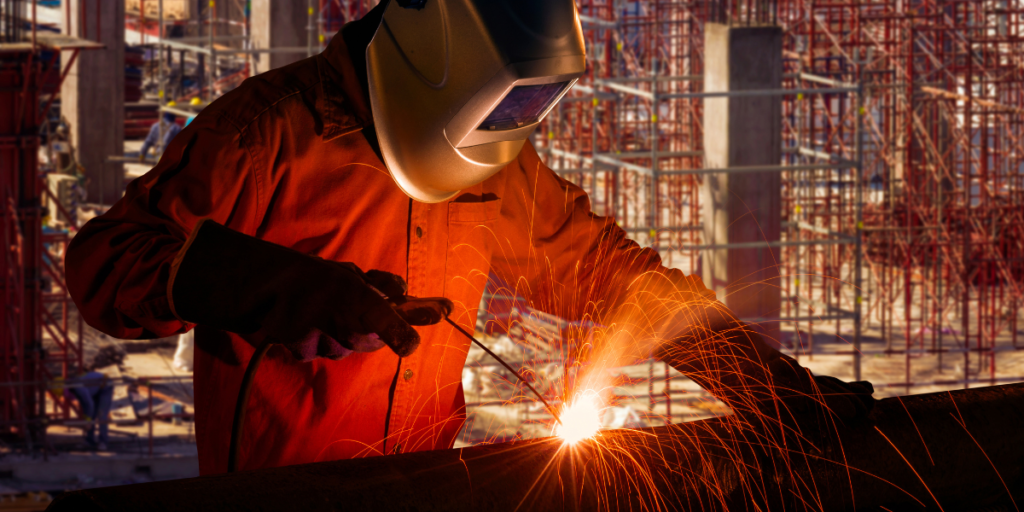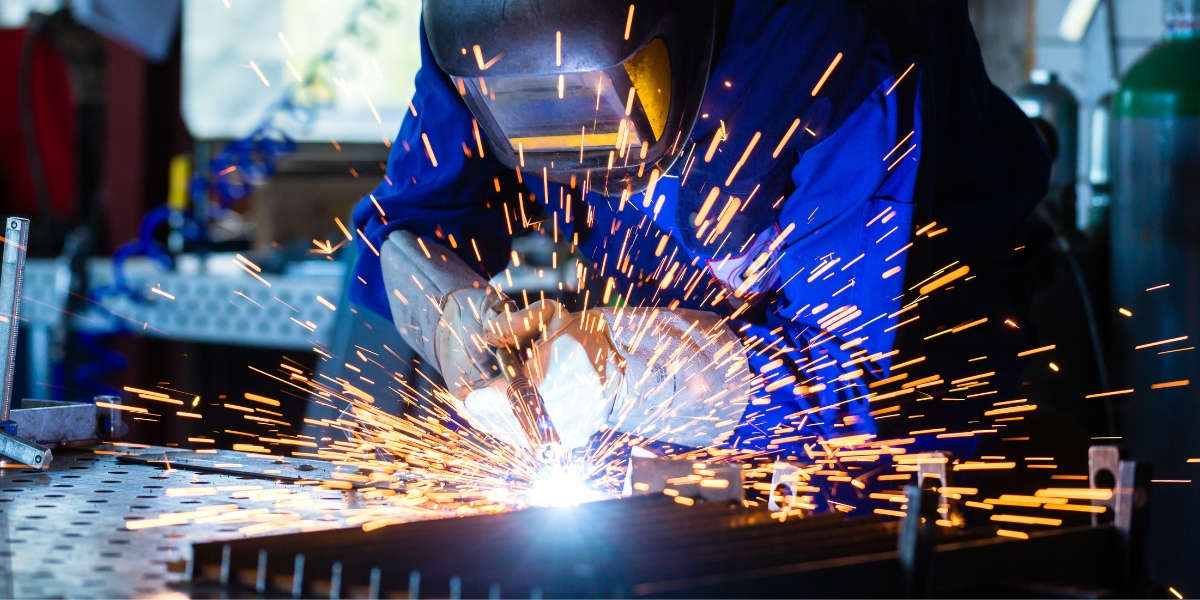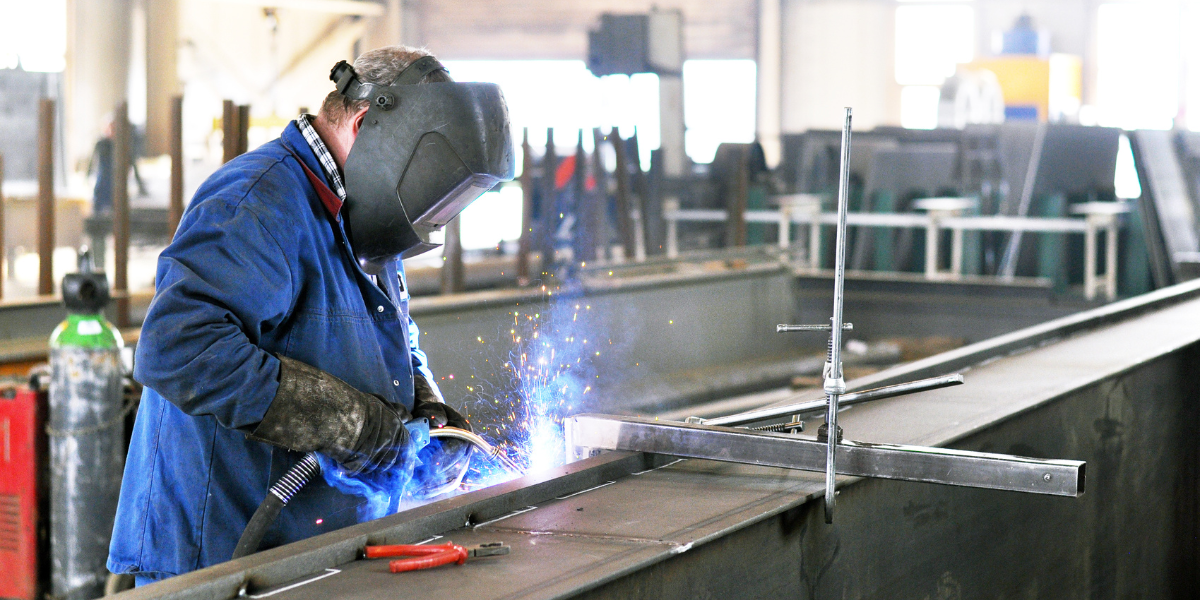Enhancing Construction Efficiency: The Versatility of Mobile Welding in Structural Projects
How crucial is mobile welding in advancing construction projects?
This article explores the pivotal role of mobile welding in construction, including its application in structural modifications, repairs, and on-site solutions.
It further delves into safety precautions essential for on-site welding and forecasts potential trends shaping the future of mobile welding within the construction industry.
Readers will gain insight into this integral process and its impact on modern construction practices.
Key Takeaways
• Mobile welding offers flexibility and convenience in on-site welding solutions, allowing immediate repairs and adaptations to structural requirements.
• It eliminates the need for transporting large structures for repairs or modifications, saving time and transportation costs.
• Mobile welding enhances structural integrity assessment and evaluation, contributing to project delivery timelines and cost reduction.
• Safety precautions, such as proper training, wearing appropriate safety gear, and creating a safe workspace, are crucial for on-site welding to ensure a safe work environment and preserve product quality.
Understanding Mobile Welding
Mobile welding, characterized by its portable nature, plays a pivotal role in construction projects. It offers flexibility and convenience in performing structural welding, repairs, modifications, and on-site welding solutions. The mobility of the welding equipment enables a swift transition between different work locations within the project site.
However, mobile welding also presents particular challenges. Ensuring safety measures amidst changing environments is crucial. Maintaining a consistent power supply for efficient operations can also be challenging. Despite these hurdles, mobile welding remains integral to construction endeavors due to its adaptability.
Rigorous adherence to industry-standard safety protocols and adequate planning can mitigate most of these challenges. By doing so, construction professionals can harness the benefits offered by this indispensable tool in modern construction practices.
Advantages of Mobile Welding in Construction
There are numerous advantages to utilizing this flexible and efficient technique in infrastructure development.
These advantages include immediate on-location repair, adaptation to various structural requirements, and bespoke implementations.
Mobile welding demonstrates cost efficiency by eliminating the need for transporting large structures to a separate location for repairs or modifications.
This portability aspect also provides time-saving solutions, facilitating rapid responses to unexpected issues during construction.
Moreover, industry standards and practices can be upheld consistently due to the versatility of mobile welding units that cater to diverse project specifications.
Hence, this method delivers tailored results and ensures adherence to stringent quality parameters typically associated with construction projects.
Role of Mobile Welding in Structural Construction
In the realm of infrastructure development, the utilization of portable units for joining materials is integral to maintaining efficiency and quality standards. Mobile welding equipment is pivotal in this process, offering a versatile solution that supports on-site fabrication and modification tasks. These tools contribute significantly to structural construction projects, achieving desired outcomes while ensuring safety.
Structural integrity assessment becomes increasingly manageable with mobile welding due to its flexibility in handling diverse materials under varying conditions. Accurate evaluation and rapid response capacity enhance project delivery timelines and reduce cost implications.
Safety Precautions for On-Site Welding
Safety precautions for the on-site joining of materials involve rigorous protocols to protect personnel and ensure the integrity of the end product. A key focus lies in proper welding equipment handling and understanding the importance of protective gear.
1. Welding Equipment Handling: Proper training is mandatory before usage to prevent accidents and misuse, ensuring all components are in the correct working order.
2. Protective Gear Importance: Workers must wear appropriate safety gear such as helmets, gloves, and flame-resistant clothing to guard against potential hazards.
3. Safe Workspace Creation: The work area should be free from flammable substances, adequately ventilated, and have accessible fire extinguishing services.
4. Routine Safety Checks: Regular inspections can help identify risks early; this includes checking tools, machinery, personal protective equipment (PPE), and overall site conditions.
These measures assist in maintaining a safe work environment while preserving product quality.
Future Trends of Mobile Welding in Construction
Emerging trends in the portable joining of materials within the building industry signal a move towards increased efficiency, flexibility, and adaptability. Welding technology advancements drive this shift, with new techniques and equipment enhancing on-site capabilities.
Sustainable welding practices, too, are gaining traction as environmental considerations become increasingly critical. Laser hybrid welding is one such advancement offering higher productivity rates and improved weld quality. Similarly, friction stir welding promotes energy efficiency while reducing emissions and waste generation.
Furthermore, advancements in automation technologies have introduced robots that can carry out complex welds with precision and consistency. Thus, mobile welding’s future promises enhanced operational effectiveness while advancing sustainability goals within construction projects.
Frequently Asked Questions
What specific training or certifications are required for mobile welders working in the construction industry?
Mobile welders require specific training and certifications – Certified Welder (CW), Certified Welding Inspector (CWI), and OSHA’s Safety Training. Familiarity with mobile welding laws is essential to ensure compliance and worker safety.
How does the cost of mobile welding compare to traditional welding methods in construction projects?
Juxtaposing Welding Safety Measures and Mobile Welding Limitations, mobile welding often incurs higher costs due to its convenience and mobility advantage in construction projects than traditional stationary methods, despite potential limitations and additional safety considerations.
Can mobile welding be used in adverse weather conditions or challenging environments?
If weather-proof equipment is employed, mobile welding can be utilized in adverse weather conditions and challenging environments. Strict adherence to safety protocols ensures successful implementation even under such demanding circumstances.
What are some of the latest technological advancements in mobile welding equipment, and how are they improving the construction process?
With welding automation trends acting as the ‘ace up the sleeve,’ advancements in equipment portability have revolutionized mobile welding. These developments enhance efficiency, reduce project timelines and minimize human error in construction processes.
How does mobile welding contribute to a construction project’s overall timeline and efficiency?
Mobile welding enhances project timelines and efficiency through immediate on-site repairs, structural modifications, and swift execution of tasks. The portability advantages minimize downtime while improved mobile welding safety mitigates risk, boosting productivity.



